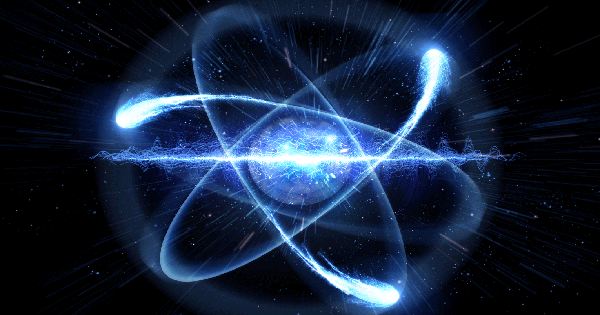August 8 was an important day for nuclear fusion in the United States, Lawrence jumped to the edge of the “ignition” of inert fusion as a test of the National Ignition Facility (NIF) at the National Laboratory in Livermore. This method differs from the magnetic captive seen in fusion reactors around the world, such as Tokamak and Stellar. Energy is not extracted by the constant flow of extremely hot fusing plasma – in inert confinement, fusion is extracted from isolated phenomena instead.
The tiny shells of fuel heat and compress, creating fusion and dissipating huge amounts of energy that can be converted into electricity. For fusion to be self-sufficient to extract more energy than to enter-it must exceed the fusion ignition threshold. The latest test data from the NIF is still being analyzed, but it seems to be accurate at the right time. It released 1.3 Megajoules of fusion energy an eightfold improvement over tests conducted last spring, and 25 times better than the record-breaking tests in 2018.
The facility uses three football field sizes and lasers for very small targets. As it heats up, it creates a hot spot the diameter of a human hair, releasing 10 quadrillion watts of fusion power for 100 trillionths of a second. Los Alamos National Laboratory Director Thomas Mason said in a statement, “Achieving experimental access to thermonuclear burn in the laboratory is the result of decades of scientific and technological work spanning nearly 50 years.”
“It enables experiments that will test theories and simulations in high-energy concentration systems more rigorously than before and enable fundamental breakthroughs in applied science and engineering.” Nuclear fusion can revolutionize energy production by allowing more energy without emitting radioactive waste products, hazardous aerosols, or greenhouse gases. Full-scale nuclear fusion power plants are already being built to test their effectiveness.
If passive imprisonment fusion can be achieved in the end, it can be used to build a variety of nuclear fusion power plants. It can also allow the study of extreme physical environments where heat and stress are incredible. However, this is not just about civilian use. In the United States, the NIF has a role in the nuclear weapons stockpile stewardship program.















